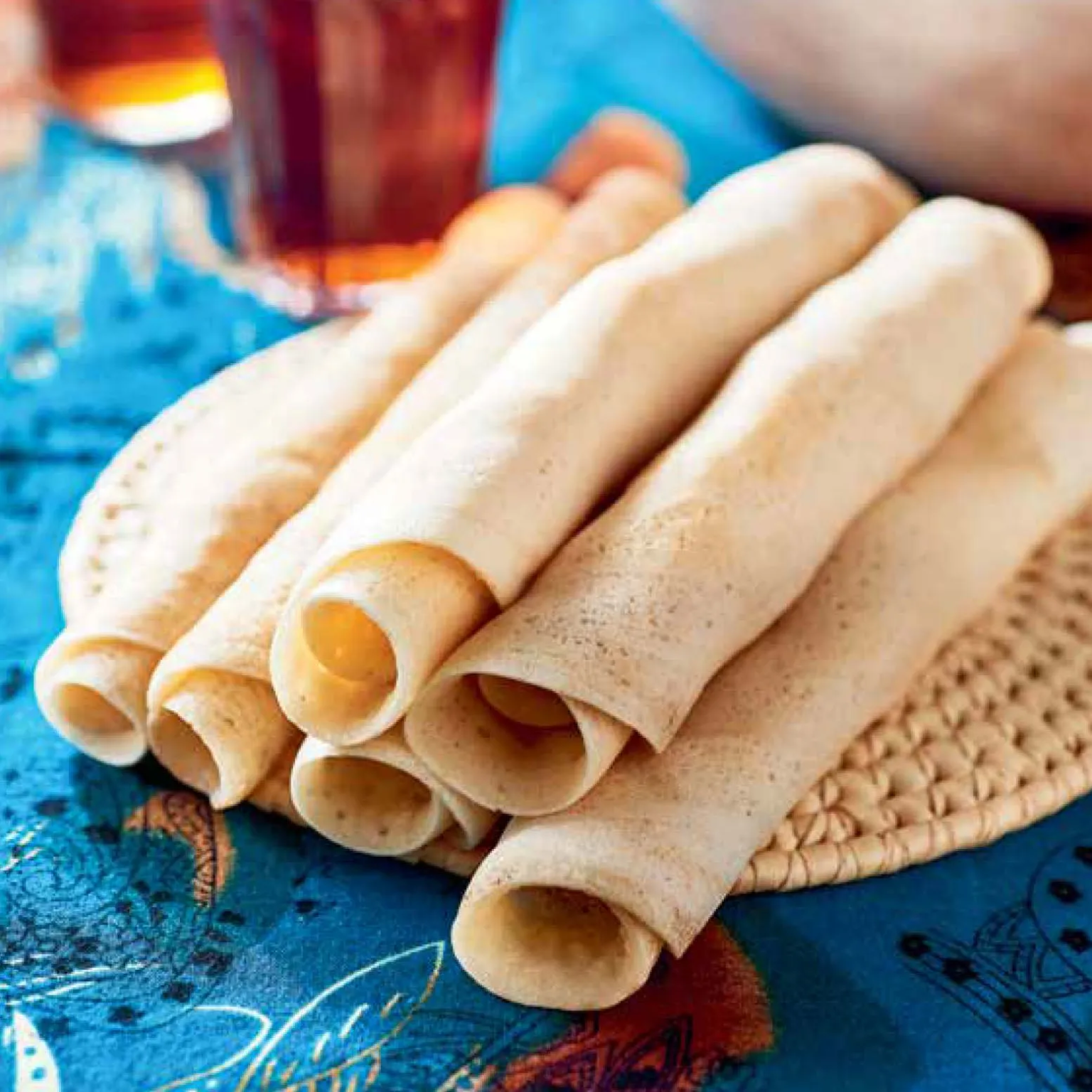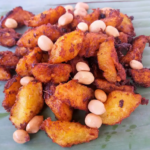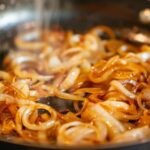When it comes to Somali cuisine, one dish that stands out for its unique texture and cultural significance is Canjeero. These spongy pancakes, often described as a cross between a pancake and a flatbread, are a staple in Somali households and hold a special place in Somali culinary traditions.
Canjeero, also known as Anjero or Lahoh, has been enjoyed by Somalis for generations. It is commonly consumed for breakfast or as a snack throughout the day. The process of making Canjeero involves a simple batter made from fermented flour, water, and sometimes yeast. The batter is left to ferment overnight, allowing it to develop a distinct tangy flavor and airy texture.
The key ingredient in Canjeero is a unique type of flour called aseed. Aseed is a finely ground blend of cereals and grains such as sorghum, corn, millet, or wheat. The combination of these grains gives Canjeero its distinctive taste and texture. The fermentation process not only adds flavor but also contributes to the spongy and slightly bubbly texture of the pancakes.
To prepare Canjeero, the fermented batter is ladled onto a hot griddle or pan and cooked until golden brown on one side. The heat causes the batter to rise and form small holes, giving the pancakes their characteristic spongy texture. Once cooked on one side, they are flipped and cooked briefly on the other side, resulting in a thin and fluffy pancake.
The texture of Canjeero is what sets it apart from traditional pancakes. While American pancakes are thick and fluffy, Canjeero is thinner and has a unique sponginess. The air pockets created during the fermentation process give the pancakes a light and airy quality, making them soft and tender to the bite. The spongy texture also allows Canjeero to absorb flavors from accompanying dishes, making it an ideal accompaniment to stews, soups, or sauces.
Canjeero is commonly served with a variety of toppings and accompaniments. It is often enjoyed with ghee (clarified butter), honey, jam, or a sprinkle of sugar. In Somali culture, it is common to pair Canjeero with a cup of tea or Somali spiced coffee for a complete and satisfying meal experience. The combination of flavors and textures creates a delightful balance that is both comforting and delicious.
Beyond its taste and texture, Canjeero holds cultural significance in Somali society. It is often served during special occasions and celebrations, such as weddings and religious holidays. Sharing Canjeero with family and friends is a gesture of hospitality and unity, bringing people together to enjoy a traditional Somali meal.
From a nutritional standpoint, Canjeero offers several benefits. The use of whole grains in the aseed flour provides dietary fiber, vitamins, and minerals. The fermentation process also enhances the bioavailability of nutrients, making them easier to digest and absorb. Canjeero is a wholesome and filling option that can be part of a balanced diet.
In conclusion, traditional Somali Canjeero is a beloved dish that combines unique textures and flavors. Its spongy and airy pancakes, made from fermented aseed flour, offer a delightful eating experience that is both familiar and distinct. Whether enjoyed for breakfast or as a snack, Canjeero represents the rich culinary heritage of Somalia and is a testament to the importance of food in Somali culture. So, the next time you have the opportunity, savor the spongy goodness of Canjeero and embark on a flavorful journey through Somali cuisine.








